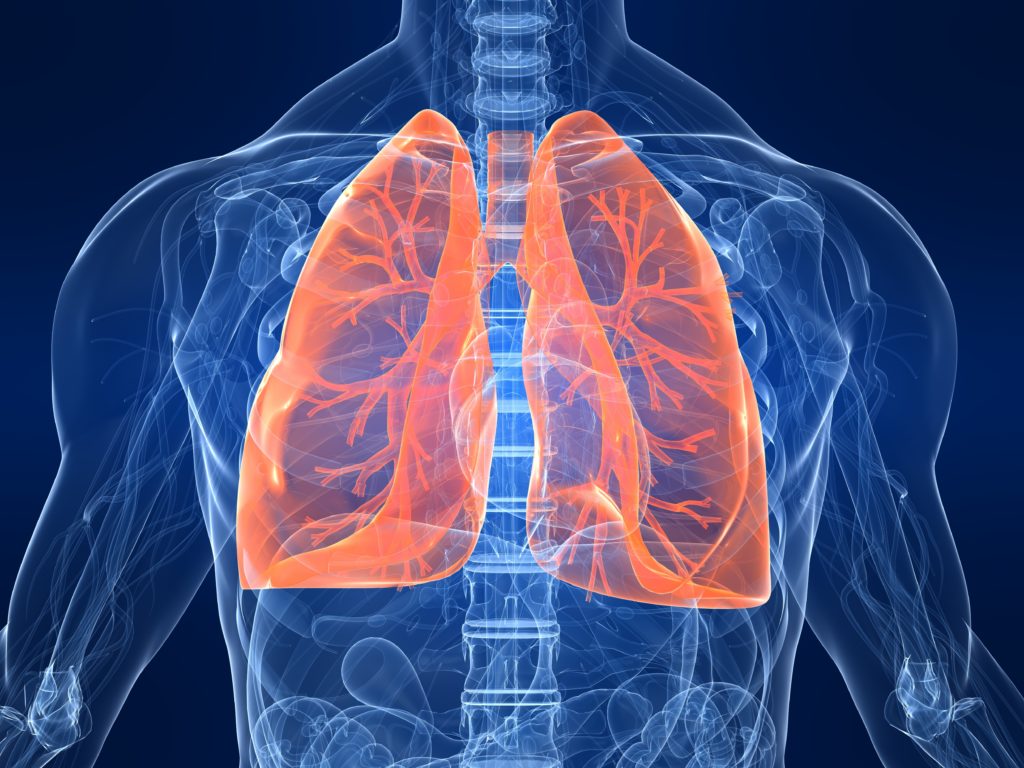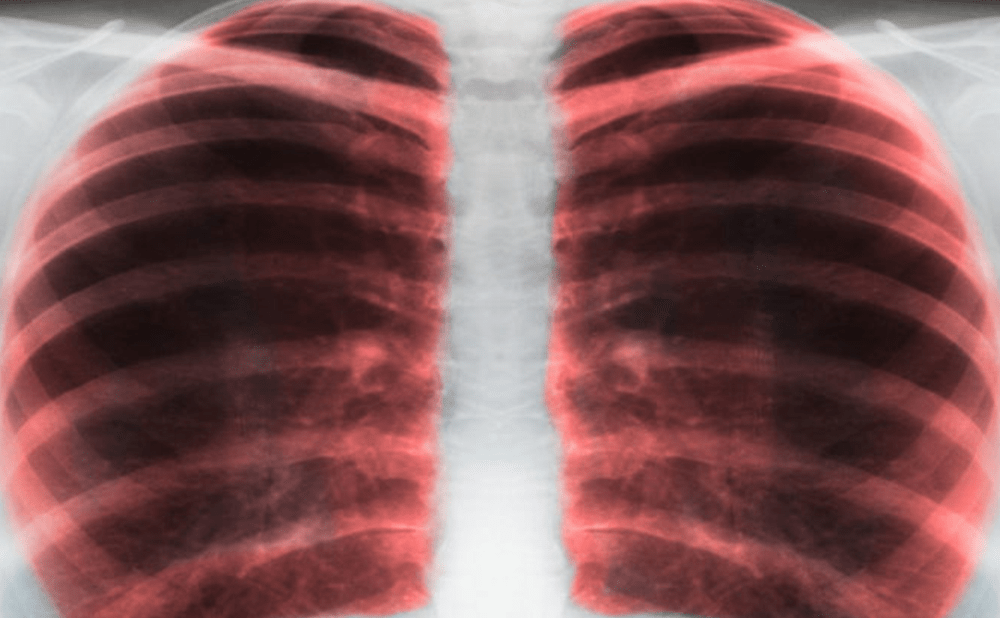Search Results
Showing Results for personalized care

Future Leader, Dr Michelle Korah-Sedgwick discusses her innovative work at the intersection of immunology and respiratory care, focusing on uncovering immune deficiencies in chronic lung disease. She shares insights on personalized treatment approaches, the value of clinical vigilance, and how registries are transforming care for patients with complex respiratory conditions.

Asthma affects nearly 300 million people worldwide.1 Despite a notable decline in age-standardized prevalence, mortality and disability-adjusted life years over the past three decades, the burden of asthma remains high in many countries including low-middle-income countries.2 Climate change is also predicted ...

Although there is limited evidence on the link between interstitial lung disease (ILD) and malnutrition, malnourished patients tend to have shorter survival rates, regardless of disease severity. A late-breaking abstract presented at ERS 2024 titled “Dietetic intervention in malnourished patients with interstitial lung disease (ILD): a pilot trial” investigated whether dietitian involvement could provide meaningful benefits to these patients, potentially laying the groundwork for further research and future clinical guidelines.

Asthma is a heterogeneous disease with notable variation in its clinical course and response to treatment. Despite management with standard-of-care therapies, a proportion of patients remain uncontrolled and at risk of life-threatening exacerbations and disease worsening. Advances in understanding the ...

The natural progression of neuromuscular disease (NMD) inevitably involves respiratory system failure. Increasing respiratory muscle weakness causes worsening hypoventilation, leading to hypercapnia and, eventually, hypoxemia. The American College of Chest Physicians (CHEST) recently published guidelines on the respiratory management of ...

Obstructive sleep apnoea (OSA) is a widespread disorder that affects millions of individuals worldwide.1 It is characterized by repeated episodes of upper airway obstruction during sleep; these episodes can have several negative consequences, including daytime sleepiness, impaired quality of life ...

Asthma is a common and heterogeneous disease affecting approximately 10% of the population.1 Severe asthma – a subset of the disease that affects a fraction of patients with asthma but comprises more than half of the morbidity, mortality and costs relating to ...

The lack of well-validated biomarkers for monitoring disease activity, predicting future clinical outcomes and the effect of therapeutic interventions highlights the need to find new biomarkers in chronic obstructive pulmonary disease (COPD). In recent years, extensive research has gone into ...

Alpha-1 antitrypsin (AAT) deficiency (AATD) is the second most common genetic disease to cause clinically significant lung disease, surpassed only by cystic fibrosis.1 AAT is a serine protease inhibitor primarily produced in hepatocytes, with a normal plasma level of 20–53 µM ...

Globally, the coronavirus disease 2019 (COVID-19) pandemic, caused by severe acute respiratory syndrome coronavirus 2 (SARS-CoV-2), has infected in excess of 55 million people and is associated with over 1.3 million deaths to date (European Centre for Disease Prevention and Control data).1 COVID-19 is ...

Airway inflammatory diseases are assessed and managed via multiple measurements, including airway caliber, airway responsiveness, and airway inflammation. Exacerbations post diagnosis is also a critical marker in terms of disease status and progression. Currently, diagnosis and monitoring of asthma1 and ...
Latest articles videos and clinical updates - straight to your inbox
Log into your Touch Account
Earn and track your CME credits on the go, save articles for later, and follow the latest congress coverage.
Register now for FREE Access
Register for free to hear about the latest expert-led education, peer-reviewed articles, conference highlights, and innovative CME activities.
Sign up with an Email
Or use a Social Account.
This Functionality is for
Members Only
Explore the latest in medical education and stay current in your field. Create a free account to track your learning.

